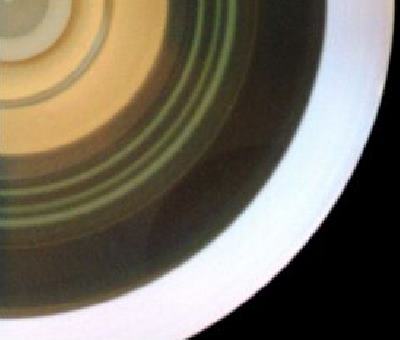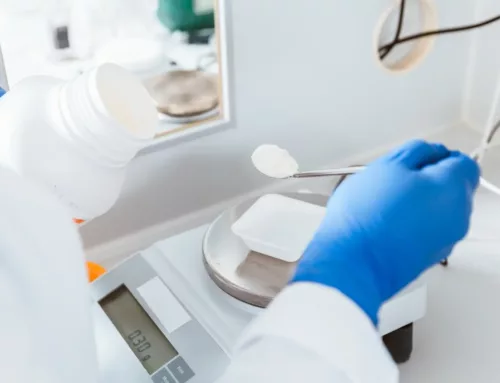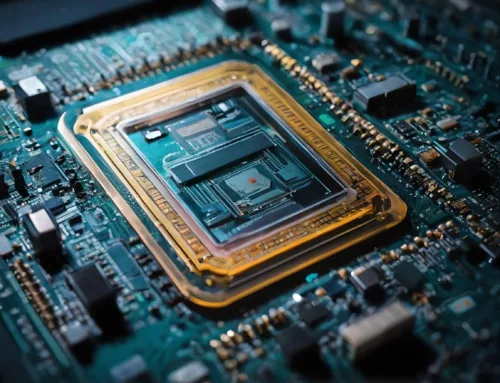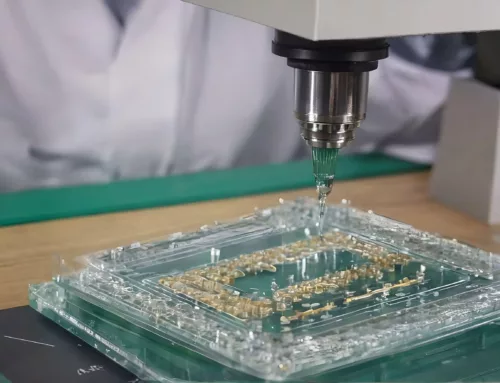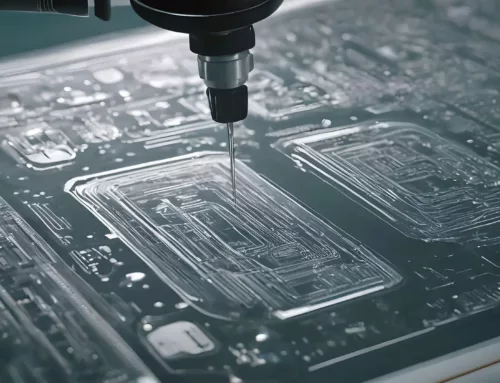Differential centrifugal sedimentation is a very powerful nano particle size analysis tool where sedimentation of nanoparticles can be obtained in a reasonable time scale and with extremely high resolution. This is possible despite the fact that nanoparticles are expected to settle very slowly. Sedimentation by gravity is based on the principle that larger and heavier particles sediment faster than smaller and lighter particles. Knowing the particle density and centrifugal force, the Stokes equal sphere diameter can be calculated. Since very small particles such as nanoparticles are very light and will sediment very slowly, the sedimentation needs to be greatly accelerated and this can be achieved by the high rotational speed of a small disc centrifuge with speeds up to 24.000 rpm. The centrifuge can cover a rather wide dynamic range of particle sizes from 2 nanometers up to 80 micrometers although the focuss is clearly on the nanoparticles size range. Despite the wide dynamic particle size range, the technique is still capable of analyzing high resolution particle size distributions.
In our laboratory we use the latest CPS DC24000 UHR centrifuge from CPS Instruments, acquired in 2020 and which is the top model currently available on the market with very high nanoparticle size resolution. Although traditionally differential sedimentation analysis of particles with a lower density than water could not be analyzed in water, our instrument does have the option to analyze nanoparticles with a density that is lower than water. For such materials the inverse sedimentation principle is practised since the nanoparticles will finally float to the surface rather then settle to the bottom and therefore the particles will not be introduced at the upper part of the liquid but the nanoparticles will be transferred to the bottom of the liquid phase and are forced to go upwards.Differential centrifugal sedimenation is one of the various nano particle sizing techniques and can be used as a confirmatory method for nanoparticles analysis and nanomaterial classification. Although BET surface area analysis is typically used as a screening method for nanoparticle presence, besides the differential centrifugal sedimentation analysis in the disc centrifuge also electron microscopy is considered as a confirmatory technique for identifying the presence of nanoparticles in solid materials.

